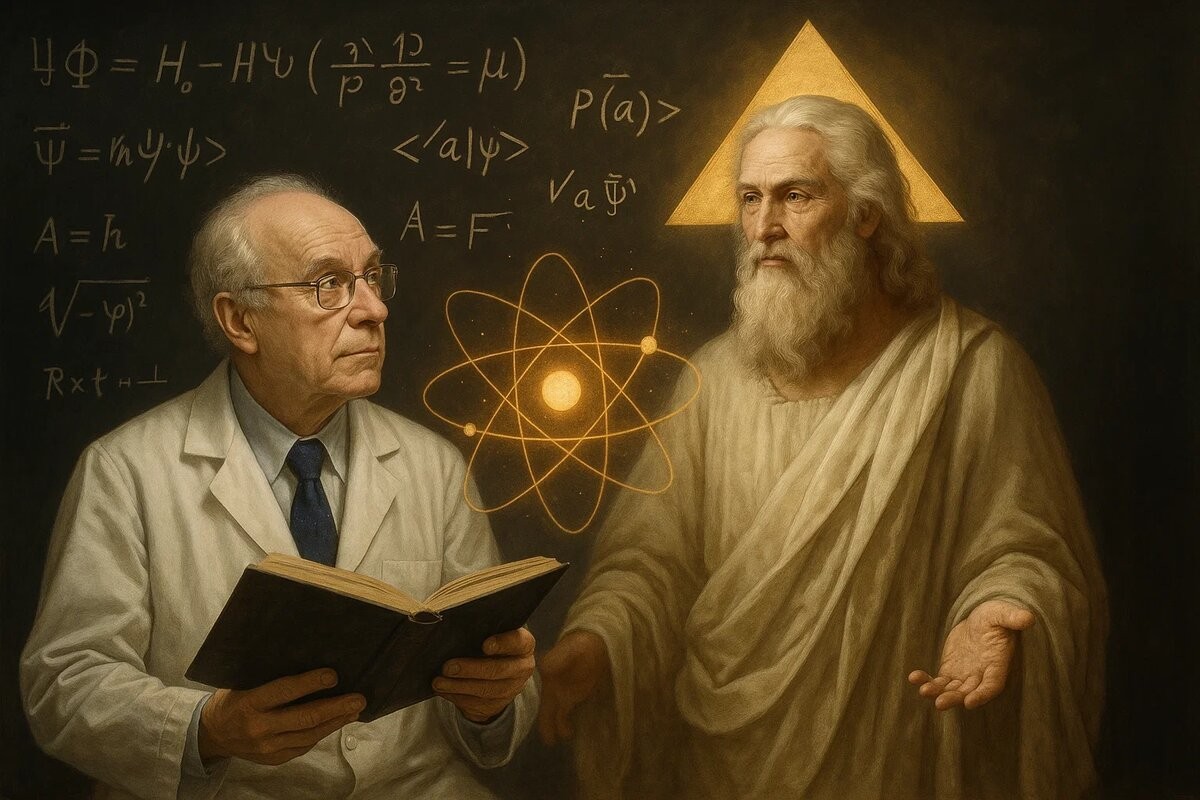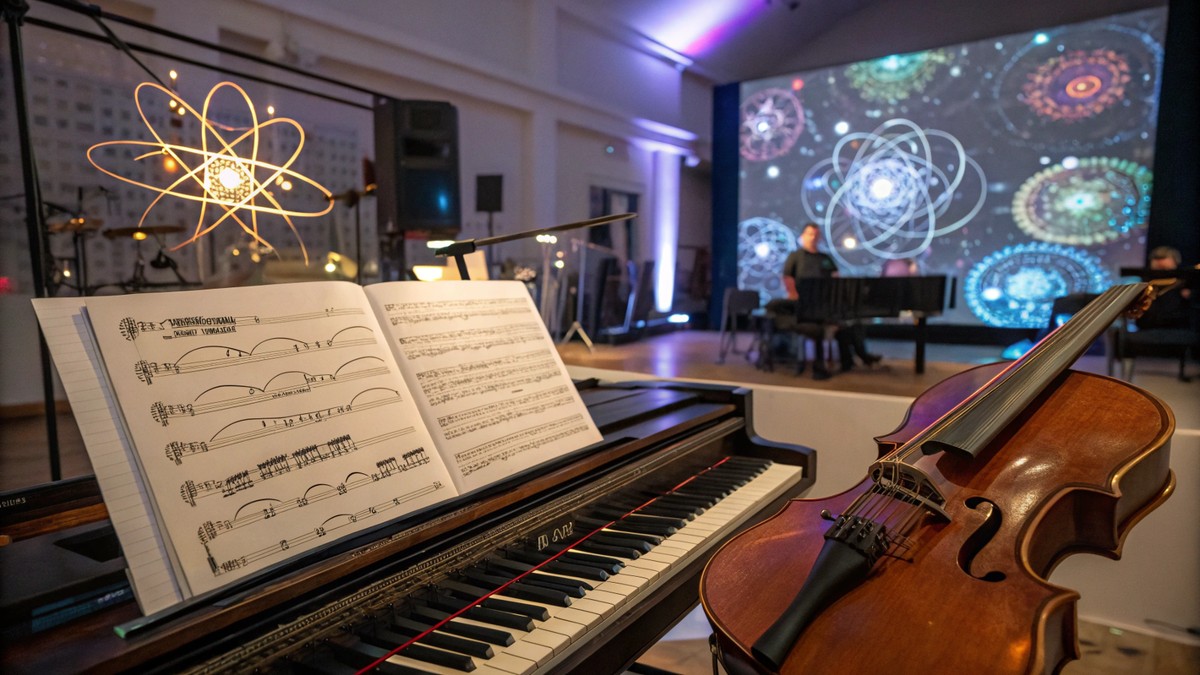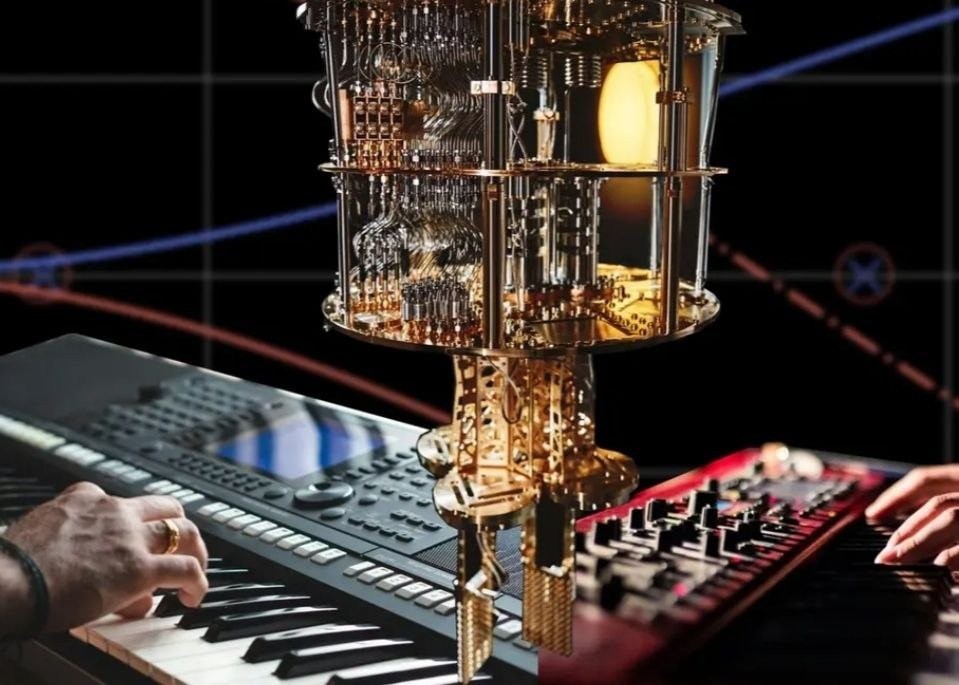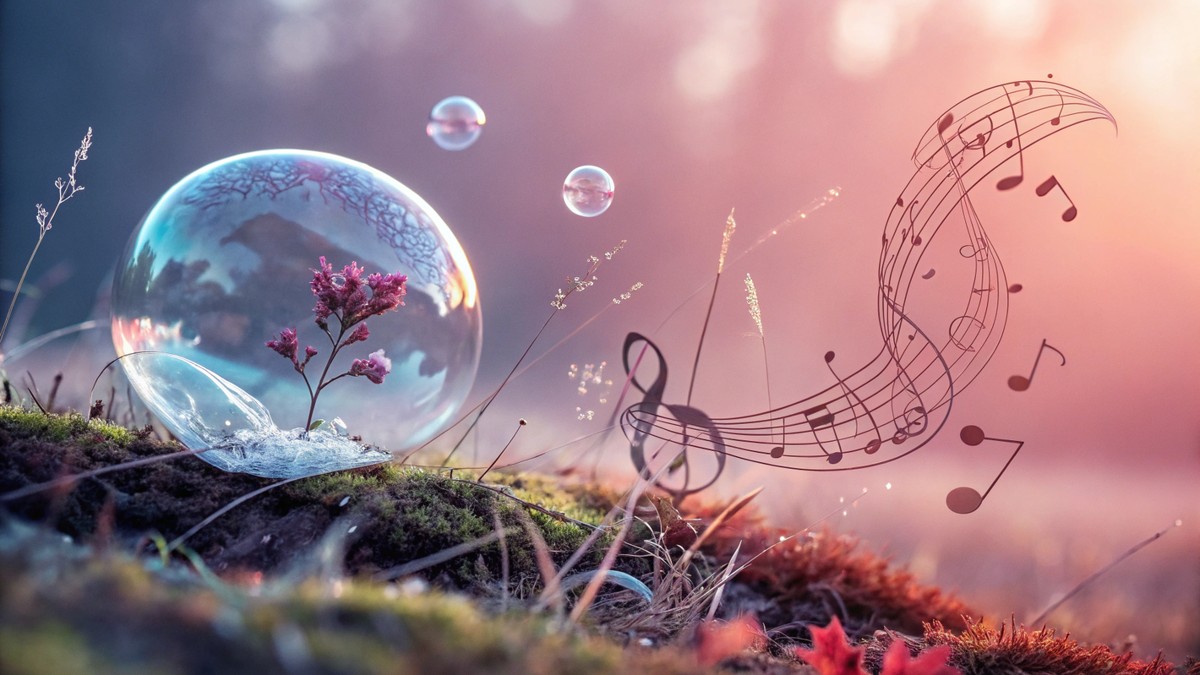World’s First Web App That Turns Quantum Rules Into Live Music
Scientists at Kobe University in Japan have created an unusual web application that blends music, quantum physics, and game theory. It turns complex formulas into a living musical dialogue, reminiscent of jazz improvisation. For the first time, you can literally hear the laws of the quantum world turning into melody.

In This Article:
From Qubits to Notes How This App Works
The project is led by engineer Satofumi Souma. His goal is to make quantum game theory understandable even to people far from physics. Users open a browser, choose a strategy, and press a note on the digital keyboard. But the sound is not simply the selected note. The program calculates the result according to quantum rules, and the final note depends on the decisions of both players. Their choices combine like waves, creating an unpredictable musical weave.

Quantum Principles Behind the Music
At the heart of the work lie the principles of quantum computation — superposition, entanglement, and interference. This means that each action affects the overall result, and even small transformations in strategy can completely change the sound. Music is born from probabilities, not from exact commands. Technically the application is built on the qubit model — the minimal unit of quantum information. A qubit can exist in two states at once, which creates a sense of uncertainty. Algorithms calculate how the wave function changes and translate these changes into sound using the WebAudio API. This provides instant feedback and makes the process feel like a live musical performance.

Live Visuals Real-Time Feedback and Future Plans
Players hear the result and see the visualization — on-screen lines and shapes reflect the synergy of their strategies. When decisions coincide or diverge, the graphics and music change together, creating the feel of a real jam session, only at the level of quantum states. The novelty has already been shown at the International Symposium on Quantum Computing and Musical Creativity. The team is currently testing the system and plans to add the ability for more people to participate, increase the number of qubits, and use the platform to study creative processes and collective decisions under uncertainty. Developers say the project will help people better understand the essence of quantum mechanics. Now you can hear it. This is yet another example of how science, art, and technology can come together, making complex things closer and easier to understand for everyone. Earlier we wrote about how age affects the perception of music.

